Home>Furniture & Design>Interior Design Trends>What Is A Recessed Sliding Glass Door
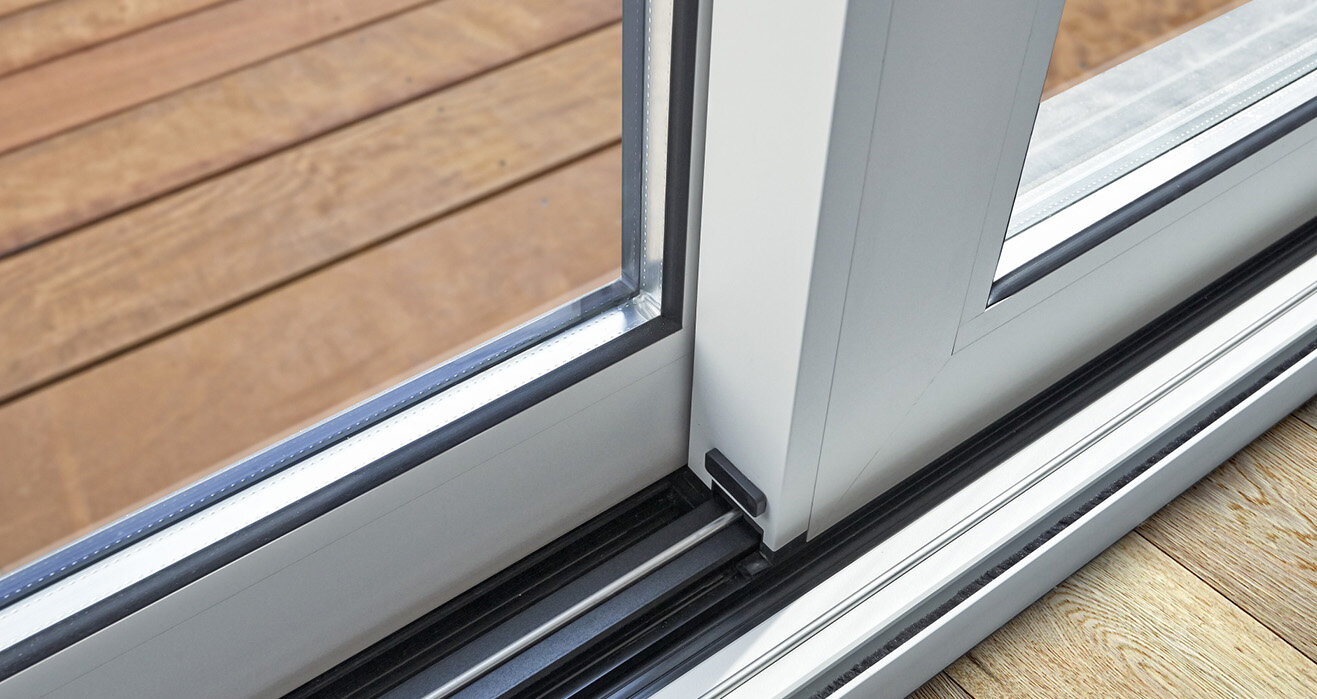

Interior Design Trends
What Is A Recessed Sliding Glass Door
Published: February 8, 2024
Discover the latest interior design trend with recessed sliding glass doors. Create a modern and sleek look for your space with this innovative feature. Explore the possibilities today!
(Many of the links in this article redirect to a specific reviewed product. Your purchase of these products through affiliate links helps to generate commission for Storables.com, at no extra cost. Learn more)
Introduction
Recessed sliding glass doors have become a popular choice in modern interior design, offering a seamless blend of functionality and aesthetics. These innovative doors are designed to slide into a recessed pocket within the wall, creating a sleek and unobtrusive transition between indoor and outdoor spaces. The unique design of recessed sliding glass doors allows for a seamless connection between the interior and exterior of a home, while also maximizing natural light and providing unobstructed views of the surrounding environment.
In recent years, the demand for open-concept living spaces and a closer integration with outdoor areas has surged, driving the popularity of recessed sliding glass doors. Homeowners and designers alike are drawn to the clean, minimalist look and the sense of spaciousness that these doors bring to a room. Additionally, the ability to effortlessly open up living spaces to the outdoors has made recessed sliding glass doors a sought-after feature in both residential and commercial settings.
As the boundaries between indoor and outdoor living continue to blur, the versatility and practicality of recessed sliding glass doors have made them a staple in contemporary architectural and interior design. Whether used to connect a living room to a patio, a kitchen to a garden, or a bedroom to a balcony, these doors offer a seamless transition that enhances the overall ambiance of a space.
In the following sections, we will delve deeper into the definition, benefits, considerations for installation, and design options for recessed sliding glass doors. By exploring these aspects, you will gain a comprehensive understanding of the versatility and impact of these doors in modern interior design.
Key Takeaways:
- Recessed sliding glass doors seamlessly connect indoor and outdoor spaces, flooding rooms with natural light and creating a modern, open feel. They’re like a secret passage to a sunlit paradise in your home!
- Installing recessed sliding glass doors requires careful planning and professional help to ensure they fit perfectly, keep the weather out, and match your home’s style. It’s like adding a high-tech, space-saving window to your home!
Read more: What Size Are Sliding Glass Doors
Definition of a Recessed Sliding Glass Door
A recessed sliding glass door is a contemporary architectural feature that seamlessly integrates indoor and outdoor spaces while maximizing natural light and providing unobstructed views. Unlike traditional hinged or pivot doors, a recessed sliding glass door is designed to slide horizontally into a recessed pocket within the wall, creating a smooth and unobtrusive transition between the interior and exterior of a building. This innovative design allows for a seamless connection between living spaces and outdoor areas, enhancing the overall flow and functionality of a home or commercial space.
The defining characteristic of a recessed sliding glass door is its ability to disappear into the wall when fully open, effectively eliminating the physical barrier between indoor and outdoor environments. This feature not only creates a sense of continuity and openness but also maximizes the usable space in both the interior and exterior areas. By eliminating the need for swing clearance associated with traditional doors, recessed sliding glass doors offer a practical solution for areas with limited space, making them an ideal choice for modern urban dwellings and compact living spaces.
In addition to their functional benefits, recessed sliding glass doors are prized for their aesthetic appeal and ability to enhance the visual and spatial experience of a room. The expansive glass panels of these doors allow for an abundance of natural light to penetrate the interior, creating a bright and airy atmosphere. Furthermore, the unobstructed views provided by the glass panels offer a seamless connection to the surrounding environment, blurring the boundaries between inside and outside and fostering a sense of harmony with nature.
Overall, a recessed sliding glass door represents a harmonious fusion of form and function, offering a contemporary solution for integrating indoor and outdoor living spaces. Its innovative design, seamless operation, and ability to enhance natural light and views make it a compelling choice for modern architectural and interior design projects.
Benefits of a Recessed Sliding Glass Door
Recessed sliding glass doors offer a myriad of benefits that contribute to their widespread popularity in modern interior design and architecture. From enhancing natural light and views to optimizing space and creating a seamless connection between indoor and outdoor areas, these innovative doors have become a sought-after feature in residential and commercial spaces.
1. Abundance of Natural Light
One of the primary benefits of recessed sliding glass doors is their ability to flood interior spaces with natural light. The expansive glass panels allow sunlight to penetrate deep into the room, creating a bright and inviting atmosphere. This not only reduces the need for artificial lighting during the day but also contributes to a sense of openness and well-being within the space.
2. Seamless Indoor-Outdoor Integration
By effortlessly sliding into a recessed pocket within the wall, these doors facilitate a seamless transition between indoor and outdoor living areas. When fully open, they eliminate the physical barrier between the interior and exterior, effectively extending the living space and fostering a harmonious connection with the outdoors. This integration is particularly valuable for homeowners who seek to blur the boundaries between inside and outside, creating a cohesive and expansive living environment.
3. Unobstructed Views
The large glass panels of recessed sliding glass doors provide unobstructed views of the surrounding landscape, whether it's a lush garden, a picturesque courtyard, or a panoramic cityscape. This unimpeded visual connection to the outdoors not only enhances the aesthetic appeal of the interior but also fosters a sense of tranquility and connection with nature, enriching the overall living experience.
4. Space Optimization
Unlike traditional hinged or pivot doors, recessed sliding glass doors do not require swing clearance, making them an ideal choice for areas with limited space. Their space-saving design allows for efficient utilization of floor space, making them particularly well-suited for compact living environments and urban dwellings where maximizing space is essential.
5. Modern Aesthetic Appeal
From a design perspective, recessed sliding glass doors exude a contemporary and minimalist aesthetic that complements a wide range of architectural styles. Their clean lines and unobtrusive profile contribute to a sense of modernity and sophistication, making them a versatile design element that can enhance the overall visual appeal of a space.
In summary, the benefits of recessed sliding glass doors encompass a harmonious blend of functionality, aesthetics, and practicality. From their ability to maximize natural light and views to their seamless integration of indoor and outdoor spaces, these doors have become an indispensable feature in modern interior design, offering a compelling solution for enhancing the ambiance and livability of a space.
Considerations for Installing a Recessed Sliding Glass Door
Installing a recessed sliding glass door requires careful consideration of various factors to ensure a seamless and successful integration within a space. From structural requirements to design considerations, the installation process demands meticulous planning and attention to detail. Here are key considerations to keep in mind when installing a recessed sliding glass door:
Structural Integrity:
Before installing a recessed sliding glass door, it is crucial to assess the structural integrity of the surrounding walls. The wall into which the door will slide must be capable of supporting the weight of the door and its components. Additionally, the structural framework should accommodate the recessed pocket that will house the door when open. Engaging a qualified contractor or structural engineer to evaluate the existing structure is essential to ensure that it can support the installation of the door without compromising the building's stability.
Proper Sizing and Configuration:
Choosing the right size and configuration of the recessed sliding glass door is paramount to a successful installation. The dimensions of the door should align with the available wall space and complement the overall design of the room. Additionally, considering the number of panels and their sliding direction is crucial to optimize functionality and spatial flow. Customization options are often available to tailor the door to specific size and configuration requirements, allowing for a personalized and seamless fit within the space.
Weatherproofing and Insulation:
Given that recessed sliding glass doors serve as a direct link between indoor and outdoor environments, ensuring proper weatherproofing and insulation is essential. The door system should be equipped with effective sealing mechanisms to prevent air and water infiltration, particularly in regions prone to inclement weather. Additionally, selecting glass panels with high thermal performance can contribute to energy efficiency and climate control within the interior space.
Professional Installation:
Due to the complexity of the installation process and the precision required for a recessed sliding glass door, enlisting the expertise of experienced professionals is highly recommended. Qualified installers possess the necessary skills and equipment to execute the installation with precision, ensuring that the door operates smoothly and aligns perfectly within the recessed pocket. Professional installation not only guarantees the structural integrity of the door but also provides peace of mind regarding its long-term performance.
Read more: What Kind Of Blinds For Sliding Glass Door
Integration with Interior Design:
Integrating a recessed sliding glass door into the overall interior design scheme is a critical consideration. The door's frame, hardware, and finish should harmonize with the existing aesthetic of the space, complementing the architectural style and design elements. Careful attention to detail in selecting the door's material, color, and hardware can contribute to a cohesive and visually appealing integration within the room.
By carefully addressing these considerations, the installation of a recessed sliding glass door can result in a seamless and transformative addition to a space, enhancing its functionality, aesthetics, and connection to the outdoors.
Design Options for Recessed Sliding Glass Doors
Design options for recessed sliding glass doors encompass a diverse array of choices that allow for customization to suit specific architectural styles, interior aesthetics, and functional requirements. From frame materials and finishes to glass types and hardware selections, these design options offer versatility and flexibility in creating a tailored and visually impactful door solution.
Frame Materials and Finishes
The frame of a recessed sliding glass door plays a significant role in defining its visual appeal and overall aesthetic impact. Common frame materials include aluminum, steel, wood, and fiberglass, each offering distinct characteristics and design possibilities. Aluminum frames are favored for their durability, sleek profiles, and resistance to corrosion, making them well-suited for modern and contemporary settings. Steel frames exude a sense of strength and industrial elegance, while wood frames impart warmth, natural beauty, and a timeless appeal. Fiberglass frames combine strength and low maintenance, offering versatility in design applications. Additionally, the choice of frame finish, whether it's a powder-coated color, anodized surface, or natural wood stain, further contributes to the door's visual presence and integration within the interior space.
Glass Types and Treatments
The selection of glass for recessed sliding glass doors encompasses various options that cater to both aesthetic and functional considerations. Clear glass panels are a popular choice for their ability to maximize natural light and unobstructed views, creating a seamless connection between indoor and outdoor spaces. For added privacy or decorative enhancement, frosted or textured glass can be utilized, offering diffused light transmission while maintaining visual interest. Additionally, considerations such as energy efficiency, sound insulation, and impact resistance can influence the choice of specialized glass treatments, including low-emissivity coatings, laminated glass, and acoustic glazing, providing tailored performance attributes to meet specific needs.
Hardware and Operation
The hardware components of recessed sliding glass doors contribute to their functionality, ease of operation, and visual appeal. From sleek handles and locks to smooth-running track systems, the selection of hardware elements can enhance the door's overall user experience and design cohesiveness. Options for hardware finishes range from classic stainless steel and brushed nickel to matte black and custom color coatings, allowing for seamless coordination with the door's frame and interior decor. Furthermore, the choice of sliding mechanisms, such as bottom-rolling or top-hung systems, can influence the door's operation and spatial requirements, providing flexibility in accommodating diverse design preferences and architectural constraints.
Integrated Features and Customization
Beyond the fundamental design elements, recessed sliding glass doors offer opportunities for integrated features and customization to align with specific project requirements. This may include the incorporation of built-in blinds or shades within the door structure, providing privacy and light control options. Customization of mullion patterns, grid configurations, and panel divisions allows for tailored visual accents and architectural detailing, adding character and individuality to the door design. Moreover, the integration of smart technology for automated operation, security features, and energy management further expands the design possibilities, enhancing the door's functionality and connectivity within a modern living environment.
In summary, the design options for recessed sliding glass doors encompass a wide spectrum of choices, empowering architects, designers, and homeowners to create bespoke door solutions that harmonize with their design vision, lifestyle needs, and spatial context. By leveraging the diverse range of frame materials, glass types, hardware selections, and integrated features, recessed sliding glass doors can be tailored to elevate the aesthetic, functionality, and experiential qualities of interior and exterior spaces.
Conclusion
In conclusion, recessed sliding glass doors represent a transformative and versatile architectural feature that has redefined the way indoor and outdoor spaces are integrated within modern living environments. The seamless fusion of functionality, aesthetics, and practicality embodied by these doors has propelled them to the forefront of contemporary interior design, offering a compelling solution for enhancing the ambiance, natural light, and spatial connectivity of a space.
The benefits of recessed sliding glass doors, including the abundance of natural light, seamless indoor-outdoor integration, unobstructed views, space optimization, and modern aesthetic appeal, underscore their significance as a pivotal element in architectural and interior design. These doors not only elevate the visual and experiential qualities of a space but also contribute to a sense of openness, connectivity with nature, and a harmonious living environment.
Furthermore, the considerations for installing recessed sliding glass doors emphasize the importance of meticulous planning, structural assessment, professional installation, and seamless integration with the overall interior design scheme. By addressing these considerations, the installation process can result in a transformative addition that enhances the functionality, aesthetics, and connection to the outdoors within a space.
The diverse design options available for recessed sliding glass doors empower designers, architects, and homeowners to tailor door solutions that align with their specific design vision, lifestyle needs, and spatial context. From frame materials and finishes to glass types, hardware selections, and integrated features, the customization possibilities offer a spectrum of choices to create bespoke door solutions that harmonize with the overall design aesthetic and functional requirements.
In essence, recessed sliding glass doors epitomize a harmonious convergence of form and function, offering a contemporary solution for seamlessly integrating indoor and outdoor living spaces. Their impact on the spatial experience, natural light enhancement, and visual connectivity within a space underscores their enduring relevance and appeal in modern interior design and architecture. As the demand for open, light-filled, and connected living spaces continues to evolve, recessed sliding glass doors stand as a testament to the enduring influence of innovative design solutions in shaping the way we inhabit and experience our built environments.
Frequently Asked Questions about What Is A Recessed Sliding Glass Door
Was this page helpful?
At Storables.com, we guarantee accurate and reliable information. Our content, validated by Expert Board Contributors, is crafted following stringent Editorial Policies. We're committed to providing you with well-researched, expert-backed insights for all your informational needs.
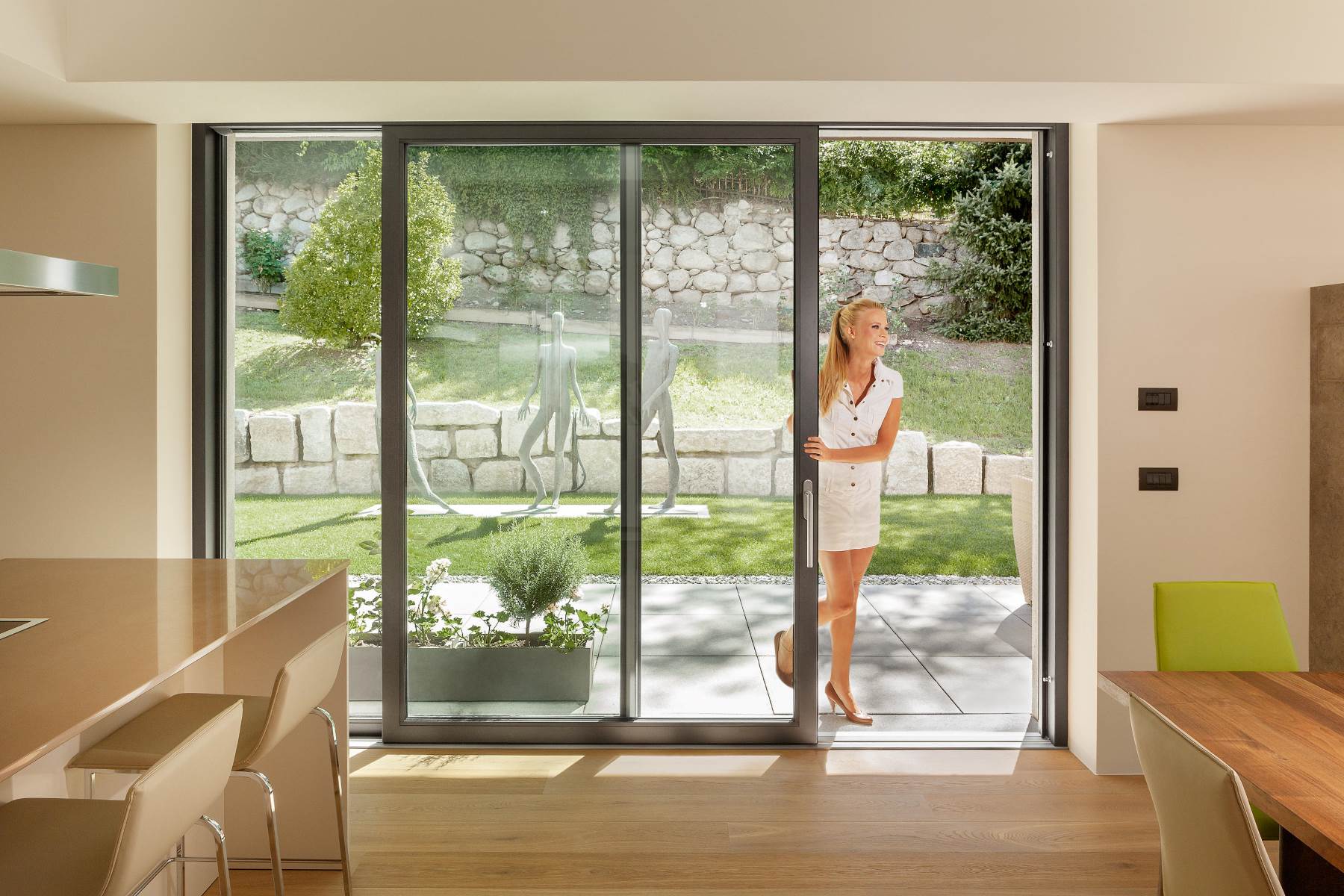
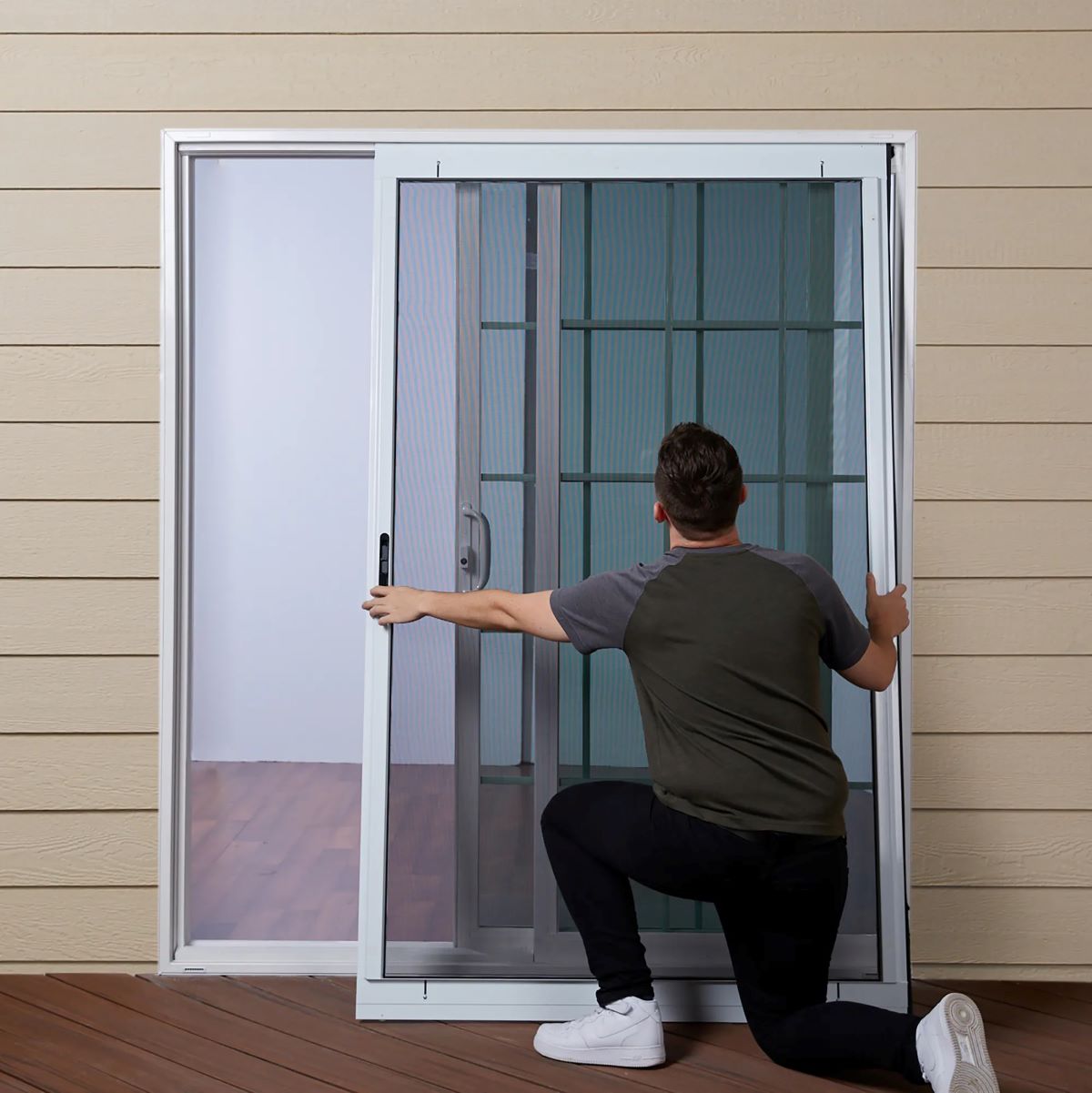
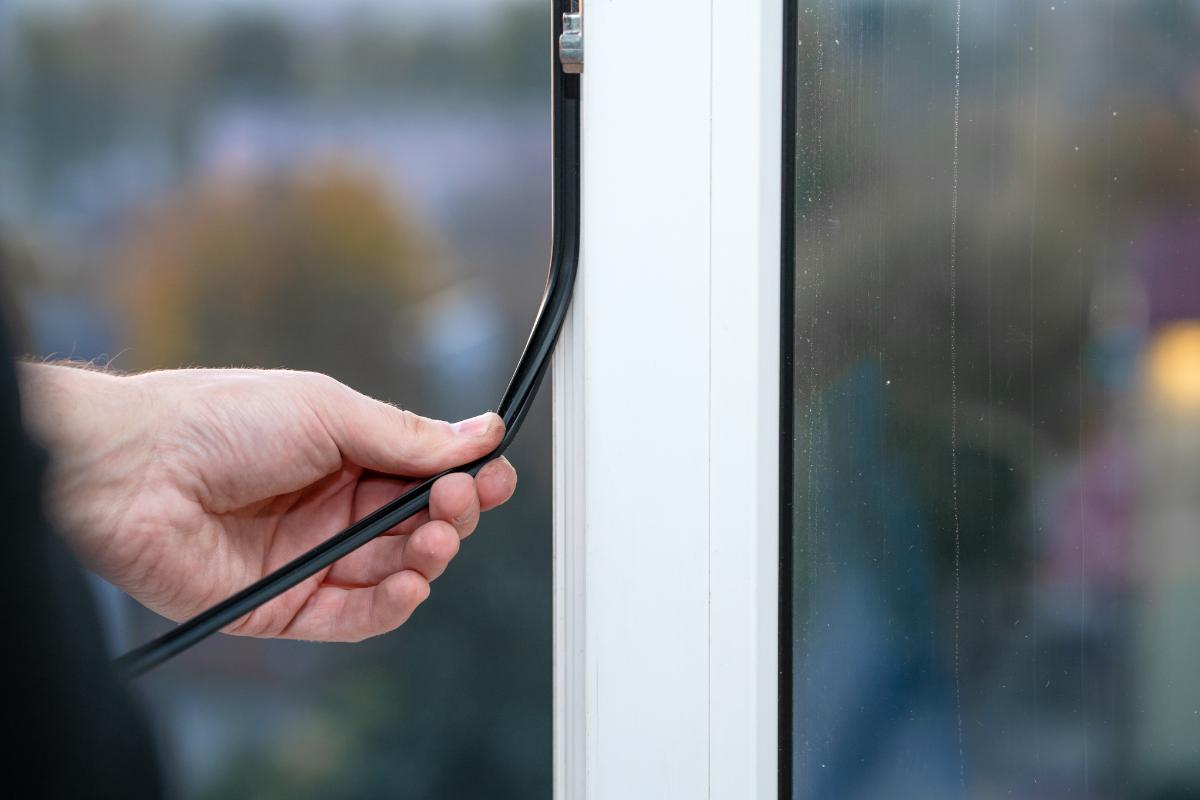
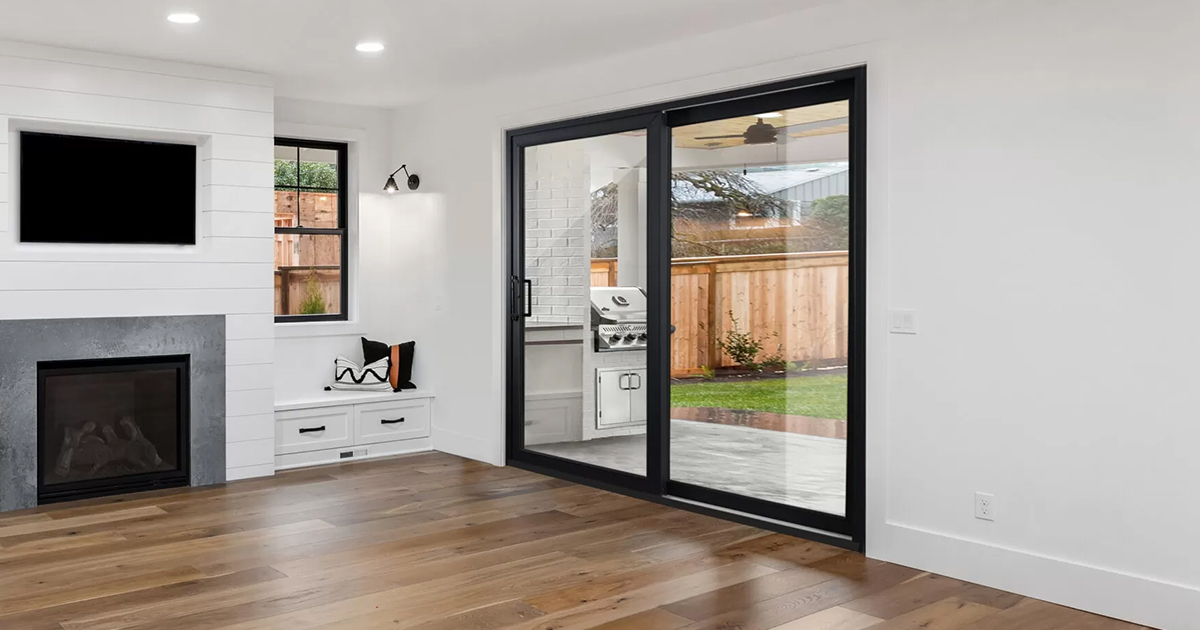
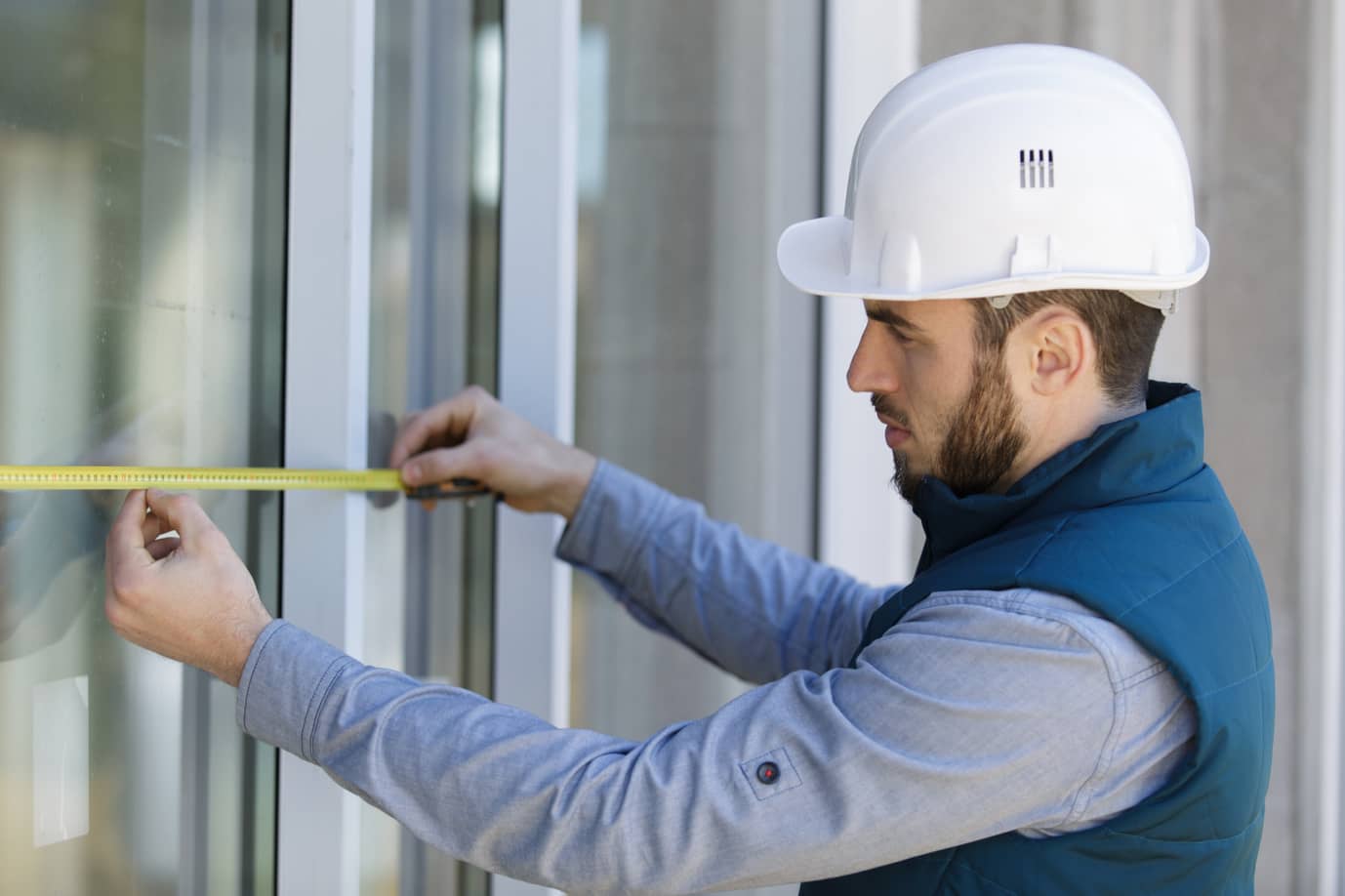
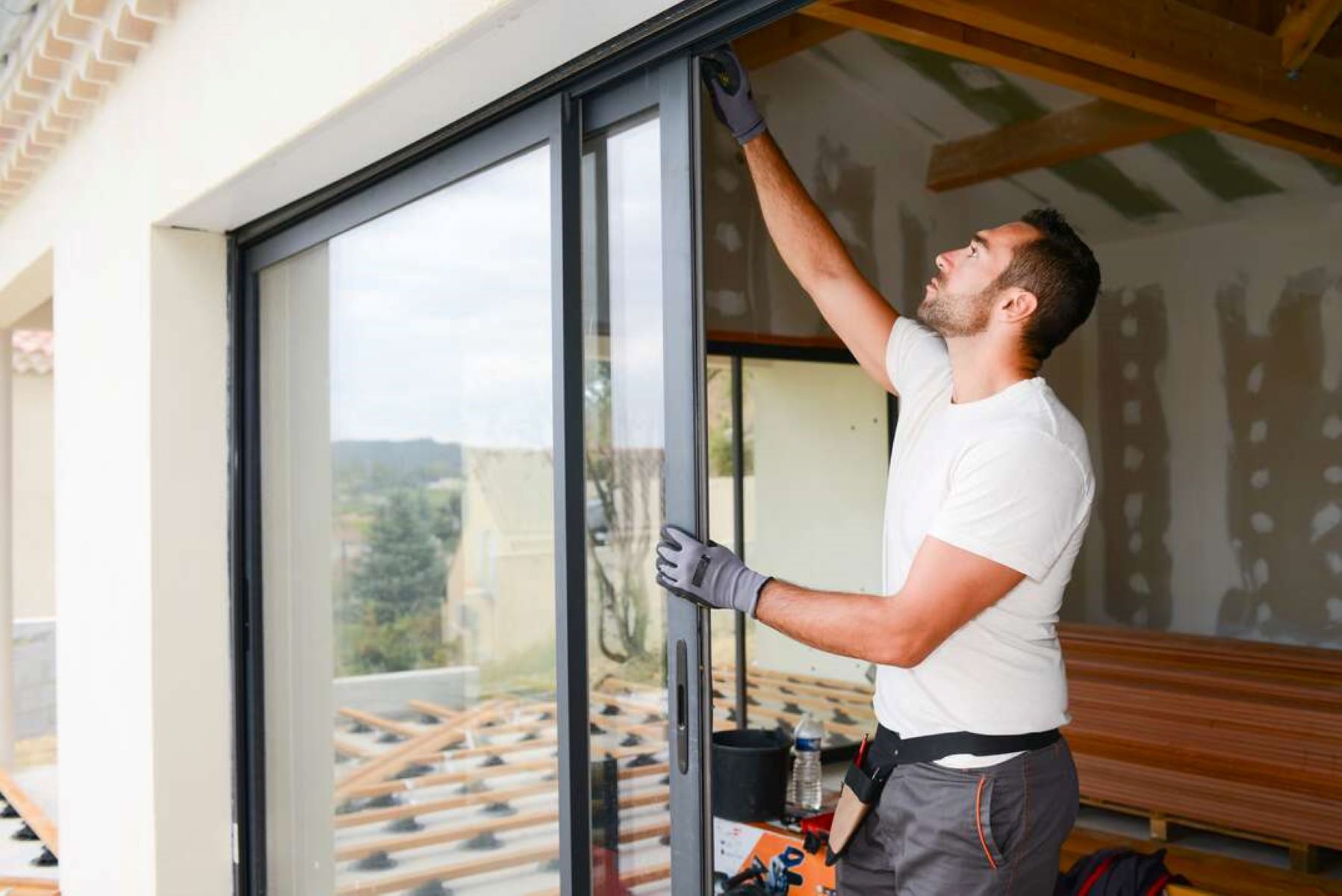
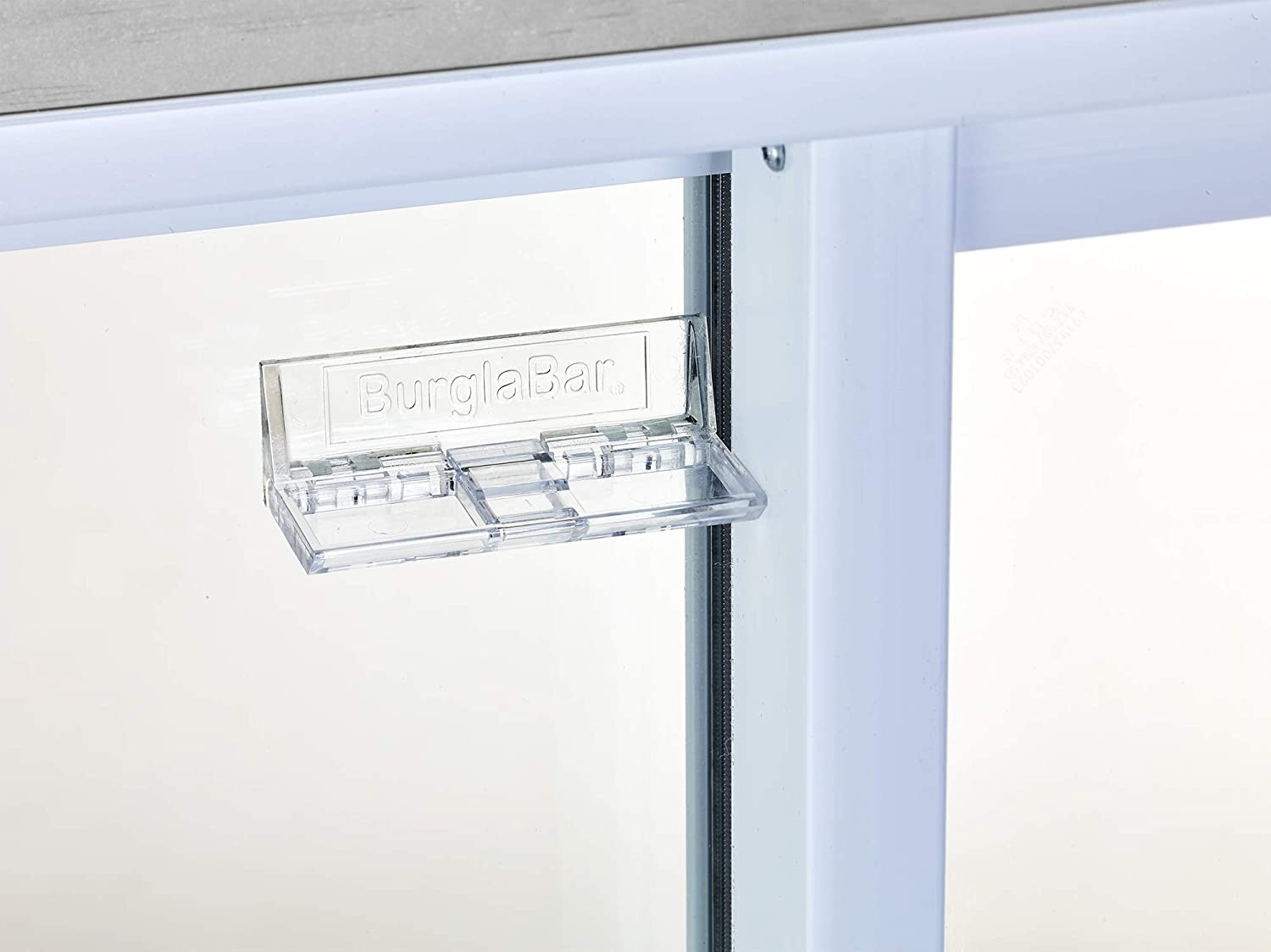
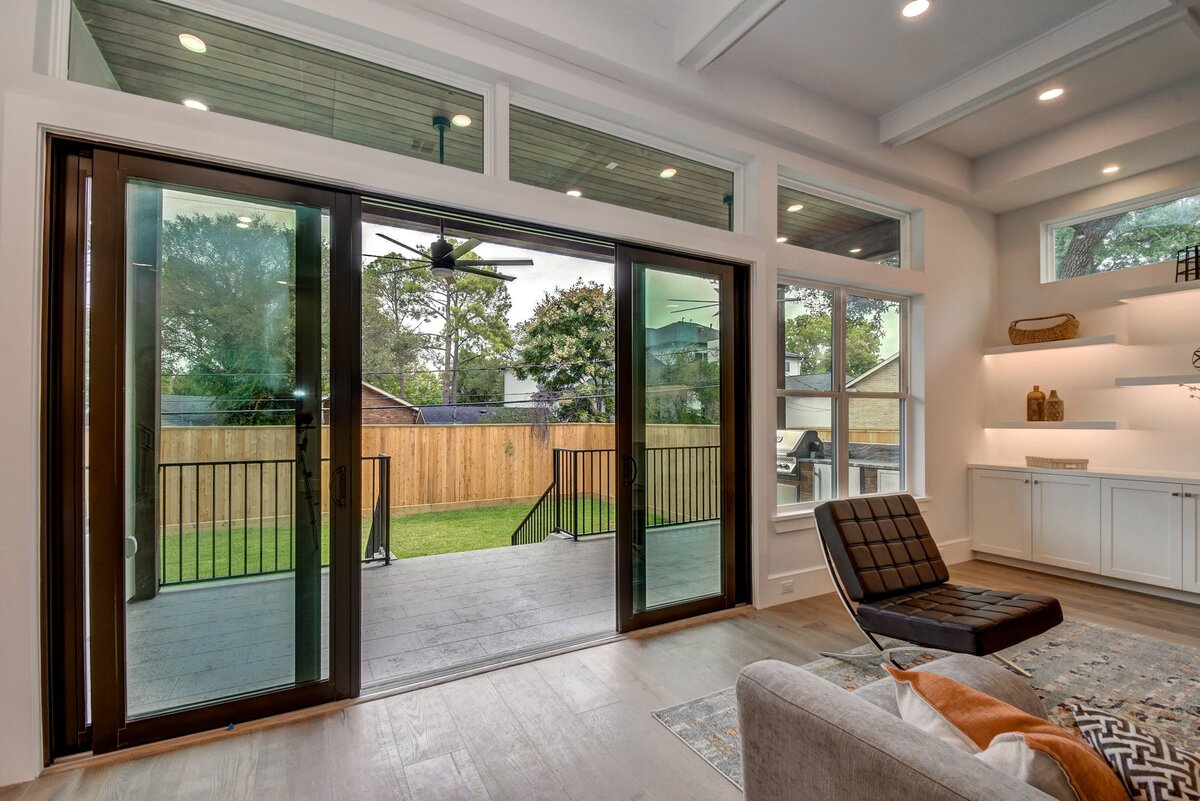
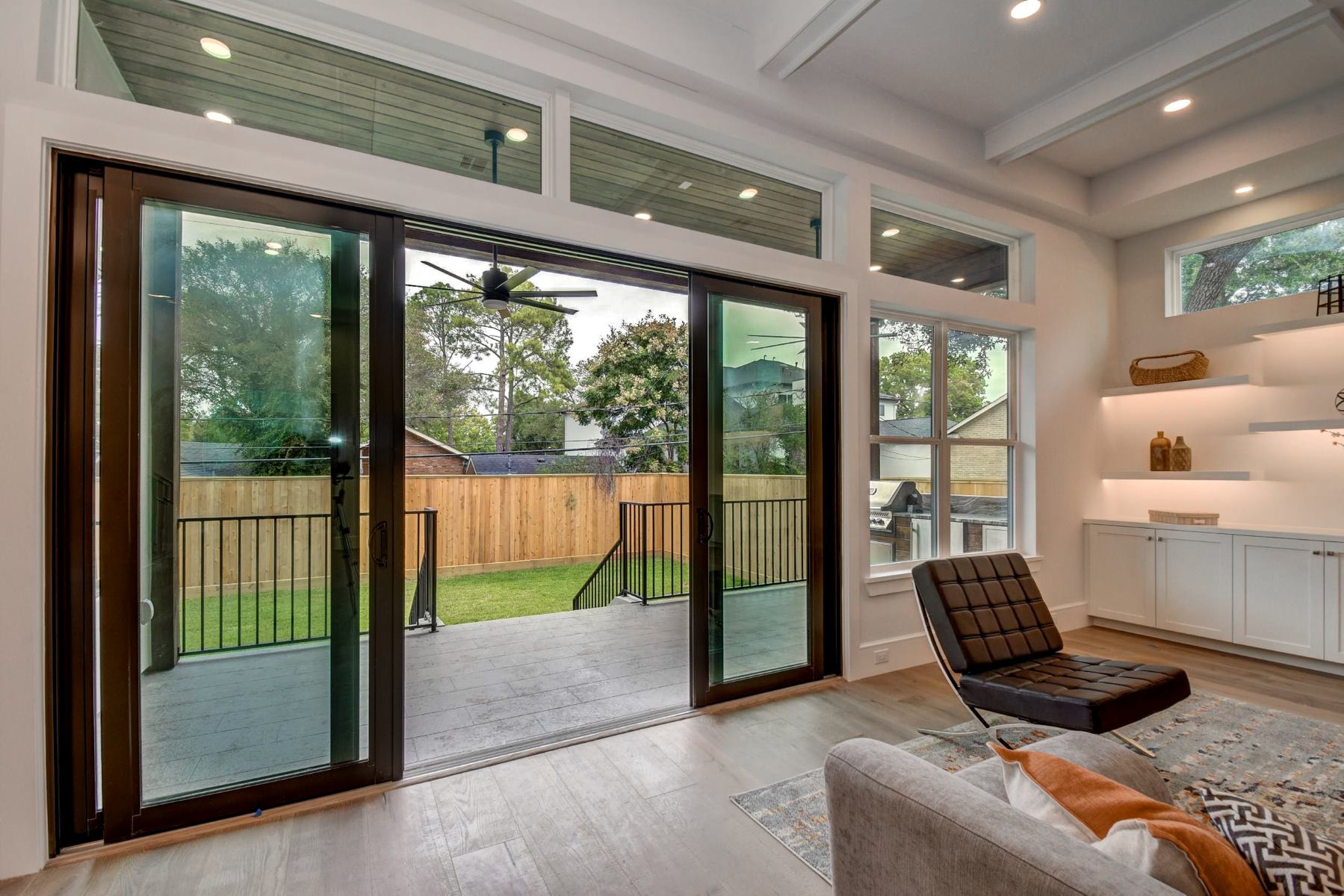
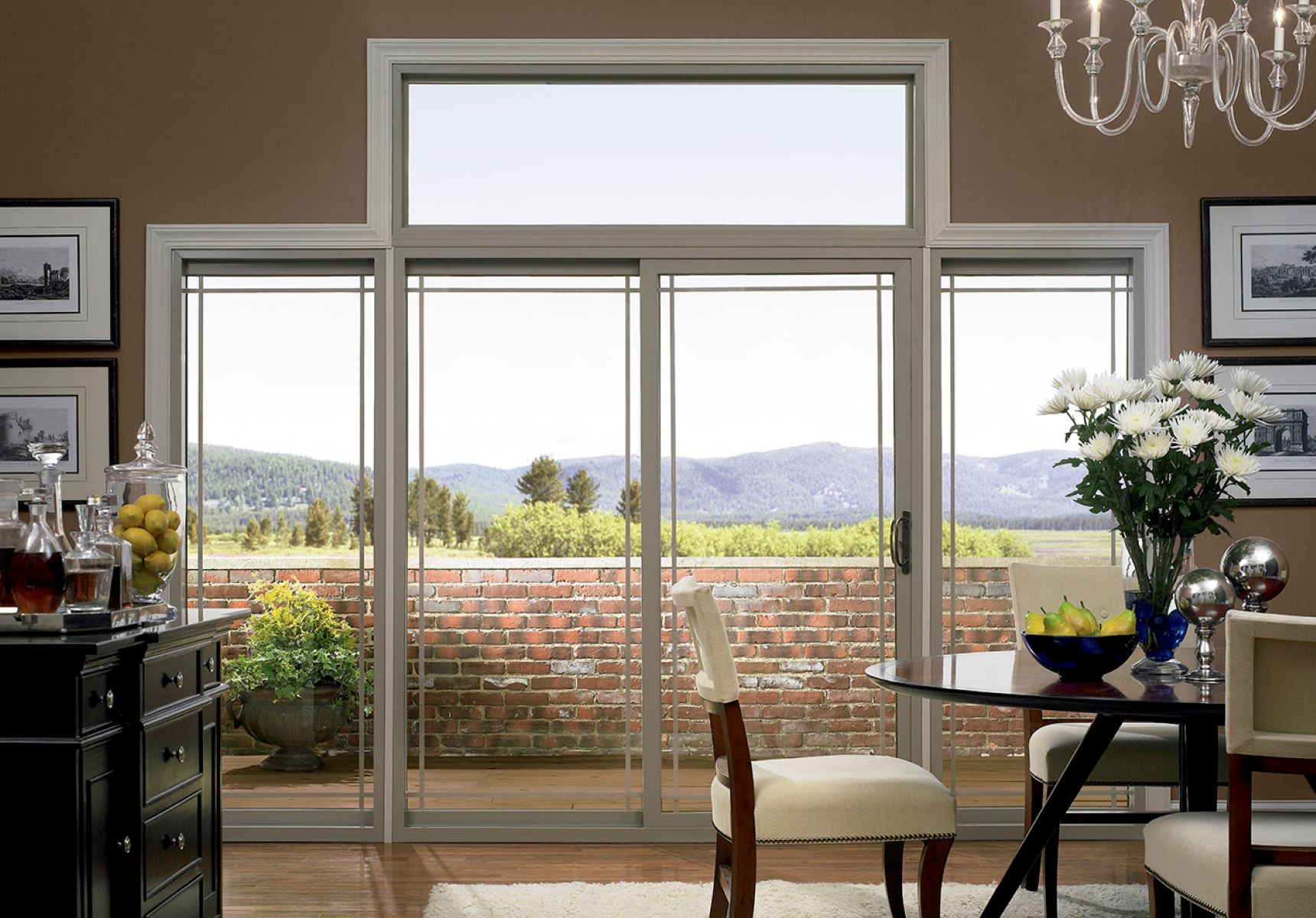
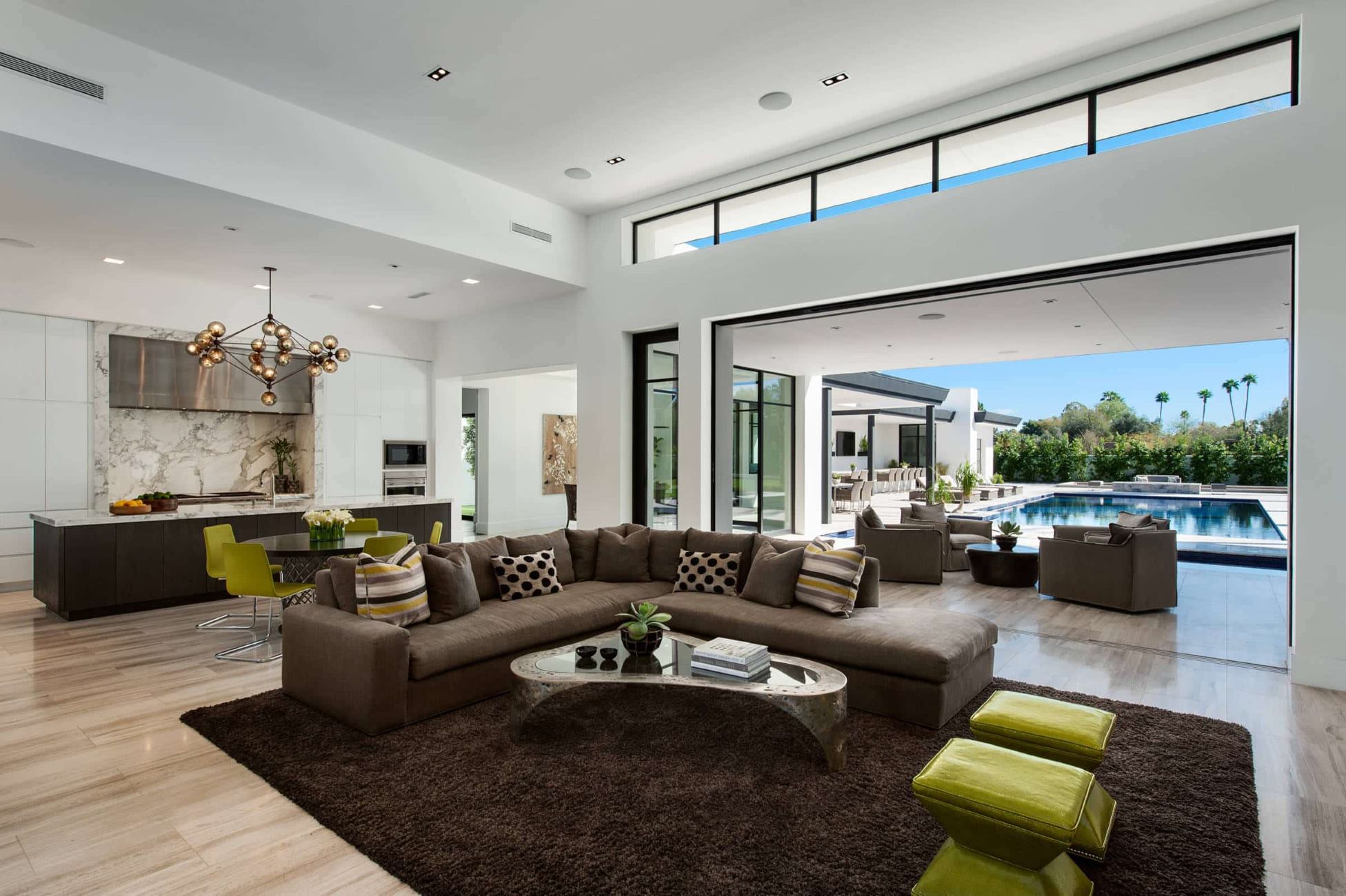

0 thoughts on “What Is A Recessed Sliding Glass Door”